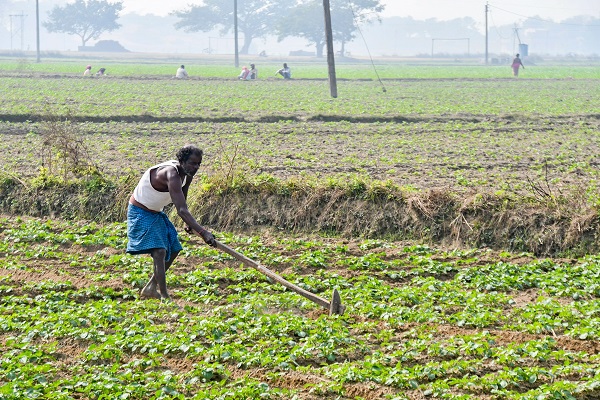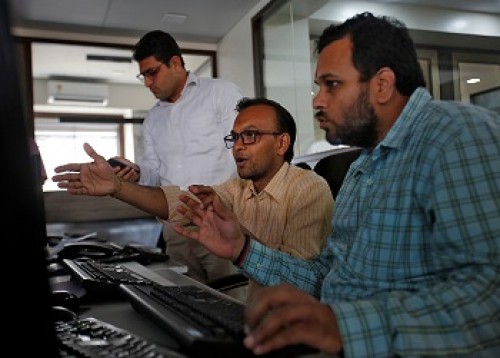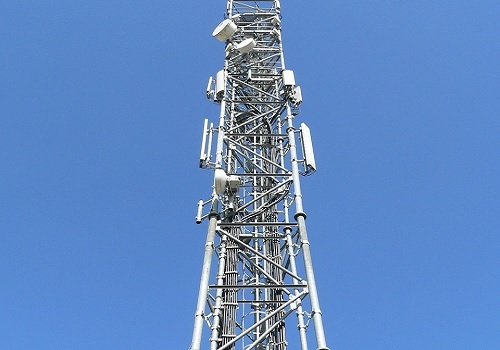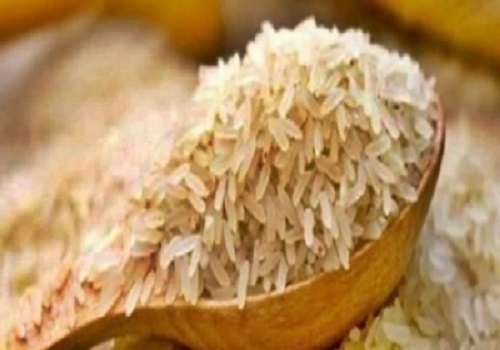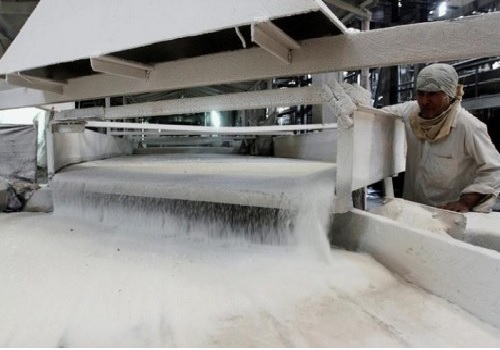India's Kharif Sowing Exceeds Normal Acreage Amid Increased Coverage of Key Crops by Amit Gupta, Kedia Advisory
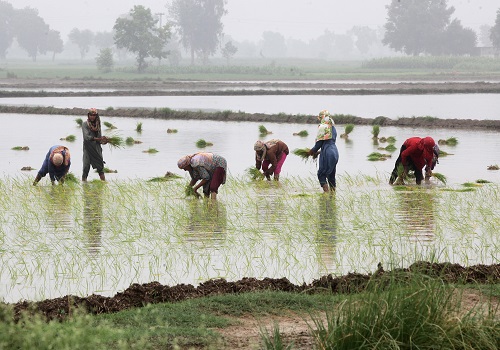
India’s kharif sowing has surpassed the normal acreage, reaching 1,096.65 lakh hectares, driven by favorable monsoon conditions. Paddy cultivation saw a 4% increase, but export restrictions on non-basmati rice persist due to weather-related risks in key regions. Oilseeds and maize coverage rose, with soybean and groundnut areas expanding, potentially boosting price trends. Pulses also showed growth, though their overall acreage remained below normal levels. Cotton acreage, however, fell sharply due to low prices and pink bollworm infestations. Despite the increase in sown areas, uneven rainfall in Maharashtra, Rajasthan, and Telangana could affect final production across key crops, particularly cotton and rice.
Key Highlights
# India's kharif sowing reaches 1,096.65 lakh hectares, surpassing normal coverage.
# Paddy sowing increased by 4%, but rice export bans remain due to uneven rains.
# Maize and oilseed areas expanded, supporting future price trends.
# Pulses acreage rose, but lagged behind normal levels in key regions.
# Cotton acreage fell due to low prices and pink bollworm infestation.
India’s kharif sowing has exceeded the normal acreage, with 1,096.65 lakh hectares (lh) under cultivation, up from last year’s 1,072.94 lh. This rise is largely attributed to improved rainfall during the current monsoon season. Paddy cultivation saw a notable 4% increase, reaching 410 lh compared to 393.57 lh last year. Despite this, export restrictions on non-basmati white rice remain, as the government waits for damage assessments from Andhra Pradesh and Telangana due to heavy rains.
The oilseeds sector also witnessed growth, with 193.32 lh sown, an increase over the previous year’s 190.37 lh. Soybean and groundnut areas expanded, signaling potential positive price trends for these commodities. Maize coverage surged to 87.50 lh, supported by favorable weather, further boosting the outlook for coarse cereals.
Pulses, on the other hand, faced mixed results. While the overall area under pulses increased to 127.77 lh, this remained below the normal 136.02 lh. The higher acreage in arhar and moth bean was offset by declines in urad sowing.
Other news includes a sharp decline in cotton acreage to 112.48 lh due to low prices and pest infestations, particularly pink bollworm. This year’s kharif sowing has been marked by regional weather challenges, which may influence final production estimates.
Finally
The increased acreage in major crops bodes well for future production, but uneven rainfall and pest issues may impact final yields, particularly for cotton.
Above views are of the author and not of the website kindly read disclaimer
